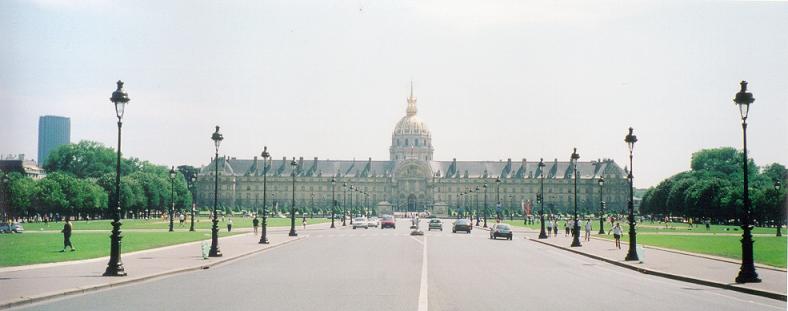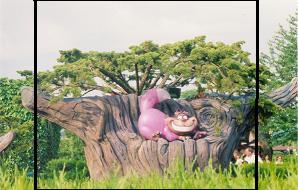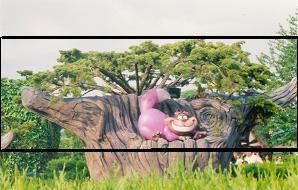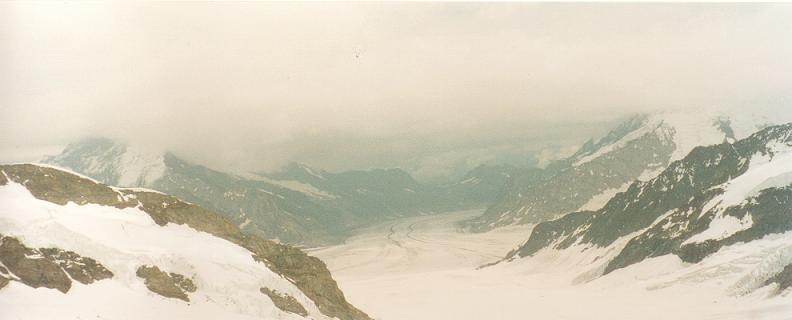
A Panoramic View of the French Parliament - Paris

Using an APS camera, the photographer can decide in which format the picture should be captured. Three formats are available.
1. Compact - Generally produces prints of 5" X 4" in size
2. HDTV (High Definition TV) - Produces prints in the same aspect ratio as HDTV (7" X 4")
3. Panoramic - Produces prints in size of 10" X 4"
The photographer can decide for each picture what the format of the picture should be, and set it accordingly. He/she can see the preview of the picture through the camera, as it will appear in print. The format information is recorded on the film, along with the picture. A processing lab, with the equipment capable of reading this information, can decode it, and print pictures accordingly.
In fact, all pictures taken by APS camera are captured in HDTV format only, but this additional information is used to print the pictures in different sizes. The following illustration will make this point clear.
This is how the picture is recorded on the negative. The lines dividing the pictures are symbolic only, and that information is separately recorded elsewhere.| Compact | HDTV | Panoramic |

|

|

|
This is how the picture looks to the photographer's eye, while shooting
| Compact | HDTV | Panoramic |

|

|

|
Information is recorded on the film as shown above. As you can see, the whole film is used for each picture, but depending on the format selected, a subset of the picture will be printed. Only in case of HDTV picture, the full frame is printed. However, if needed, a picture in any format can be printed in HDTV format.
The size of the APS film is only 56% of a normal 35mm film. This enables the manufacturers to produce much compact cameras. But to maintain the same quality of pictures, the film manufacturers also had to push their technology harder. Thus, the advent of APS technology has resulted in better quality films.
Unlike a 35 mm film, APS film remains inside the cartige, even after it's developed. This helps in keeping the film safe and easily maintainable condition for years. To enable the user re-printing, an index print is always provided with a developed APS film.

The following table lists some important differences between a normal 35 mm film and APS film
| 35 mm Film | APS Film |
| 35 mm in size | 56 % of the size of 35 mm film |
| Film has to be drawn out of cartrige to be processed | Film remains inside the cartrige even after processing |
| No choice of formats is available | A choice of formats such as compact, HDTV and panoramic is available |
| No additional information is stored on the film, other than pictures |
A lot of other information, such as date/time & picture format is stored on the film, along with picture |
| Films are available in 24 and 36 picture negatives |
Films are available in 25 and 40 picture negatives |
| Picture quality is better if enlarged |
Picture deteriorates after enlargement, because the negative size is small |
|
Due to the loading procedure, there's a danger of film loading improperly, effectively ruining pictures |
The cartrige loading system is 'drop in', making it virtually impossible to go wrong while loading the film |
Back to Photography Back to the Home page